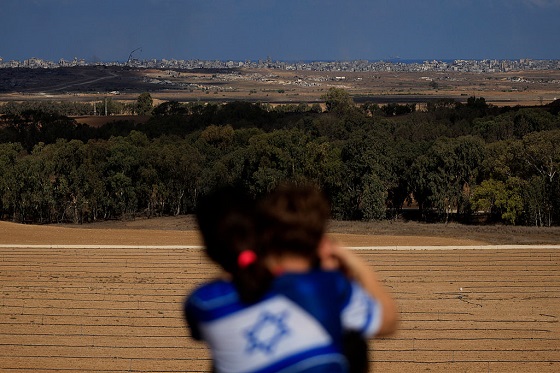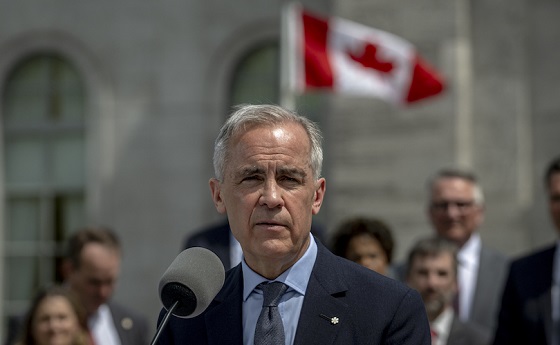Uncategorized
Big quake hits northern Japan, leaving 9 dead, 30 missing

SAPPORO, Japan — A powerful earthquake Thursday on Japan’s northernmost main island of Hokkaido triggered dozens of landslides that crushed houses under torrents of dirt, rocks and timber, prompting frantic efforts to unearth any survivors.
At least nine people were killed, Prime Minister Shinzo Abe said. Officials said at least 366 were injured, five of them seriously, and about 30 people were unaccounted for after the magnitude 6.7 earthquake jolted residents from their beds at 3:08 a.m.
Nearly 3 million households were left without power by the quake — the latest in an exhausting run of natural disasters for Japan.
It paralyzed normal business on the island, as blackouts cut off water to homes, immobilized trains and airports, causing hundreds of flight cancellations, and shut down phone systems.
In the town of Atsuma, where entire hillsides collapsed, rescuers used small backhoes and shovels to search for survivors under the tons of earth that tumbled down steep mountainsides, burying houses and farm buildings below. The area’s deep green hills were marred by reddish-brown gashes where the soil tore loose under the violent tremors.
Twenty-eight people remained unaccounted for in the town, Atsuma Mayor Shoichiro Miyasaka told public broadcaster NHK.
“We will carry on searching for them,” he said.
Miyasaka said the town had emergency meals for up to 2,000 people and that more than 500 had sought refuge in its emergency shelters.
The landslides ripped through some homes and buried others. Some residents described awakening to find their next-door
“The entire thing just collapsed,” said one. “It’s unbelievable.”
The island’s only nuclear power plant, which was offline for routine safety checks, temporarily switched to a backup generator to keep its spent fuel cool. Nuclear regulators said there was no sign of abnormal radiation — a concern after a massive quake and tsunami in March 2011 that hit northeast Japan destroyed both external and backup power to the Fukushima Dai-ichi nuclear plant, causing meltdowns.
Japan’s Meteorological Agency said the quake’s epicenter was 40
Many roads were closed and some were impassable. NHK showed workers rushing to clean up shattered glass and reinstall ceiling panels that had fallen in the region’s biggest airport at Chitose.
Japan is used to dealing with disasters, but the last few months have brought a string of calamities. The quake came on the heels of a typhoon that lifted heavy trucks off their wheels and triggered major flooding in western Japan, leaving the main airport near Osaka and Kobe closed after a tanker rammed a bridge connecting the facility to the mainland. The summer also brought devastating floods and landslides from torrential rains in Hiroshima and deadly hot temperatures across the country.
Prime Minister Shinzo Abe said that up to 25,000 troops and other personnel would be dispatched to Hokkaido to help with rescue operations.
As Japan’s northern frontier and a major farming region with rugged mountain ranges and vast forests, Hokkaido is an area accustomed to coping with long winters, isolation and other hardships. But the blackouts brought on by the quake underscored the country’s heavy reliance on vulnerable power systems: without electricity, water was cut to many homes, train lines were idled and phone systems out of order.
In the prefectural capital of Sapporo, a city of 1.9 million, the quake ruptured roads and knocked houses askew. A mudslide left several cars half buried. By evening the city’s streets were dark and shops closed.
Economy, Trade and Industry Minister Hiroshige Seko told reporters that the extensive power outage was caused by an emergency shutdown of the main thermal power plant at Tomato-Atsuma that supplies half of Hokkaido’s electricity.
The hope had been to get power back up within hours and some electricity was gradually being restored. However, damage to generators at the plant meant that a full restoration of power could take more than a week, Seko said.
Utilities were starting up several other thermal and hydroelectric plants and power was restored to 340,000 households, but even with those stopgap supplies thousands will still be without electricity for some time.
Authorities sent power generator vehicles to hospitals and other locations and water tanker trucks to communities in Sapporo, where residents were collecting bottles to tide them over until electricity and tap water supplies come back online. Long lines of people waited to charge their cellphones at the city’s regional government office.
The quake’s impact was widespread. To the north, in the scenic town of Biei, residents lined up outside of supermarkets and convenience stores, quickly clearing shelves of water, toilet paper and food.
“Only a few cartons of instant ramen were left,” said Mika Takeda, who lives in the town of 10,000. The one local gas station was limiting customers to only 20
___
Yamaguchi reported from Tokyo. AP writer Elaine Kurtenbach contributed from Tokyo.
Eugene Hoshiko, Haruka Nuga And Mari Yamaguchi, The Associated Press
Uncategorized
Trump Admin Establishing Council To Make Buildings Beautiful Again
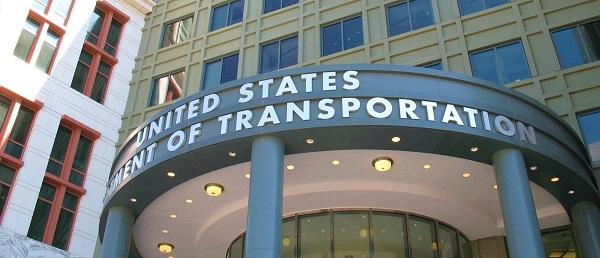

From the Daily Caller News Foundation
By Jason Hopkins
The Trump administration is creating a first-of-its-kind task force aimed at ushering in a new “Golden Age” of beautiful infrastructure across the U.S.
The Department of Transportation (DOT) will announce the establishment of the Beautifying Transportation Infrastructure Council (BTIC) on Thursday, the Daily Caller News Foundation exclusively learned. The BTIC seeks to advise Transportation Secretary Sean Duffy on design and policy ideas for key infrastructure projects, including highways, bridges and transit hubs.
“What happened to our country’s proud tradition of building great, big, beautiful things?” Duffy said in a statement shared with the DCNF. “It’s time the design for America’s latest infrastructure projects reflects our nation’s strength, pride, and promise.”
“We’re engaging the best and brightest minds in architectural design and engineering to make beautiful structures that move you and bring about a new Golden Age of Transportation,” Duffy continued.
Mini scoop – here is the DOT’s rollout of its Beautifying Transportation Infrastructure Council, which will be tasked with making our buildings beautiful again. pic.twitter.com/
9iV2xSxdJM — Jason Hopkins (@jasonhopkinsdc) October 23, 2025
The DOT is encouraging nominations of the country’s best architects, urban planners, artists and others to serve on the council, according to the department. While ensuring that efficiency and safety remain a top priority, the BTIC will provide guidance on projects that “enhance” public areas and develop aesthetic performance metrics.
The new council aligns with an executive order signed by President Donald Trump in August 2025 regarding infrastructure. The “Making Federal Architecture Beautiful Again” order calls for federal public buildings in the country to “respect regional architectural heritage” and aims to prevent federal construction projects from using modernist and brutalist architecture styles, instead returning to a classical style.
“The Founders, in line with great societies before them, attached great importance to Federal civic architecture,” Trump’s order stated. “They wanted America’s public buildings to inspire the American people and encourage civic virtue.”
“President George Washington and Secretary of State Thomas Jefferson consciously modeled the most important buildings in Washington, D.C., on the classical architecture of ancient Athens and Rome,” the order continued. “Because of their proven ability to meet these requirements, classical and traditional architecture are preferred modes of architectural design.”
The DOT invested millions in major infrastructure projects since Trump’s return to the White House. Duffy announced in August a $43 million transformation initiative of the New York Penn Station in New York City and in September unveiledmajor progress in the rehabilitation and modernization of Washington Union Station in Washington, D.C.
The BTIC will comprise up to 11 members who will serve two-year terms, with the chance to be reappointed, according to the DOT. The task force will meet biannually. The deadline for nominations will end Nov. 21.
Uncategorized
New report warns WHO health rules erode Canada’s democracy and Charter rights

The Justice Centre for Constitutional Freedoms has released a new report titled Canada’s Surrender of Sovereignty: New WHO health regulations undermine Canadian democracy and Charter freedoms. Authored by Nigel Hannaford, a veteran journalist and researcher, the report warns that Canada’s acceptance of the World Health Organization’s (WHO) revised International Health Regulations (IHR) represents a serious erosion of national independence and democratic accountability.
The IHR amendments, which took effect on September 19, 2025, authorize the WHO Director-General to declare global “health emergencies” that could require Canada to follow directives from bureaucrats in Geneva, bypassing the House of Commons and the will of Canadian voters.
The WHO regards these regulations as “binding,” despite having no ability or legal authority to impose such regulations. Even so, Canada is opting to accept the regulations as binding.
By accepting the WHO’s revised IHR, the report explains, Canada has relinquished its own control over future health crises and instead has agreed to let the WHO determine when a “pandemic emergency” exists and what Canada must do to respond to it, after which Canada must report back to the WHO.
In fact, under these International Health Regulations, the WHO could demand countries like Canada impose stringent freedom-violating health policies, such as lockdowns, vaccine mandates, or travel restrictions without debate, evidence review, or public accountability, the report explains.
Once the WHO declares a “Pandemic Emergency,” member states are obligated to implement such emergency measures “without delay” for a minimum of three months.
Importantly, following these WHO directives would undermine government accountability as politicians may hide behind international “commitments” to justify their actions as “simply following international rules,” the report warns.
Canada should instead withdraw from the revised IHR, following the example of countries like Germany, Austria, Italy, Czech Republic, and the United States. The report recommends continued international cooperation without surrendering control over domestic health policies.
Constitutional lawyer Allison Pejovic said, “[b]y treating WHO edicts as binding, the federal government has effectively placed Canadian sovereignty on loan to an unelected international body.”
“Such directives, if enforced, would likely violate Canadians’ Charter rights and freedoms,” she added.
Mr. Hannaford agreed, saying, “Canada’s health policies must be made in Canada. No free and democratic nation should outsource its emergency powers to unelected bureaucrats in Geneva.”
The Justice Centre urges Canadians to contact their Members of Parliament and demand they support withdrawing from the revised IHR to restore Canadian sovereignty and reject blind compliance with WHO directives.
-

 Justice1 day ago
Justice1 day agoCarney government lets Supreme Court decision stand despite outrage over child porn ruling
-
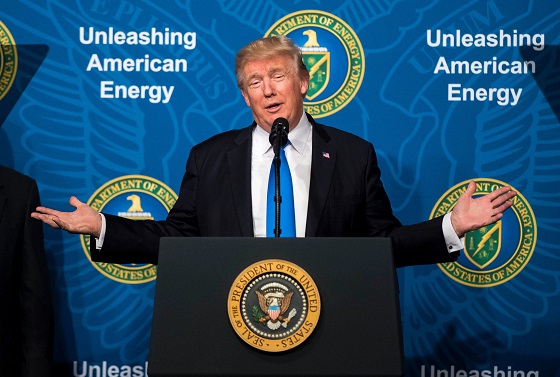
 Daily Caller2 days ago
Daily Caller2 days agoUS Eating Canada’s Lunch While Liberals Stall – Trump Admin Announces Record-Shattering Energy Report
-

 Business1 day ago
Business1 day agoCarney’s budget spares tax status of Canadian churches, pro-life groups after backlash
-
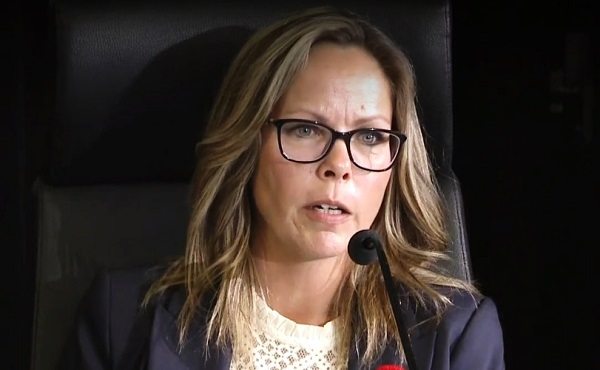
 COVID-191 day ago
COVID-191 day agoFreedom Convoy leader Tamara Lich to appeal her recent conviction
-

 Daily Caller1 day ago
Daily Caller1 day agoUN Chief Rages Against Dying Of Climate Alarm Light
-

 Business2 days ago
Business2 days agoPulling back the curtain on the Carney government’s first budget
-
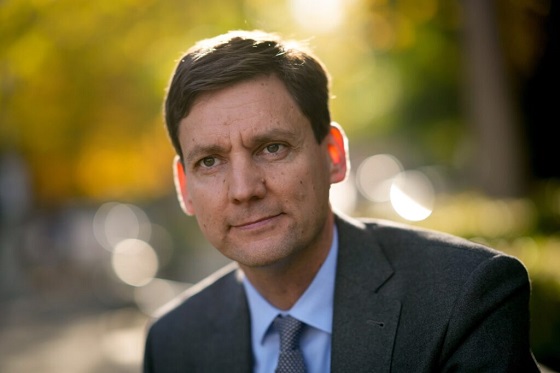
 Energy2 days ago
Energy2 days agoEby should put up, shut up, or pay up
-

 Business2 days ago
Business2 days agoThe Liberal budget is a massive FAILURE: Former Liberal Cabinet Member Dan McTeague







